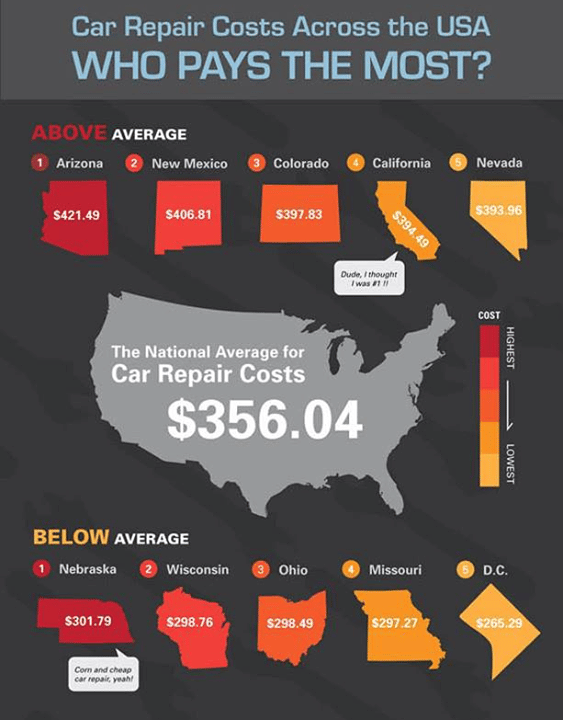Comprehending The Value Of Your Vehicle'S Warning Signals: What They In Fact Represent
Comprehending The Value Of Your Vehicle'S Warning Signals: What They In Fact Represent
Blog Article
Writer-Hartley Gilbert
When you're behind the wheel, those radiant caution lights on your dashboard can be a little bit complicated. Do you know what they're trying to inform you about your vehicle's wellness? Recognizing the significance of these lights is vital for your safety and the durability of your vehicle. So, the next time one of those lights appears, would not you want to understand its message accurately and take the required actions to resolve it?
Common Caution Lighting and Interpretations
Identify usual caution lights in your automobile and comprehend their significances to ensure risk-free driving.
One of the most typical caution lights include the check engine light, which signals concerns with the engine or emissions system. If this light comes on, it's essential to have your vehicle inspected promptly.
The oil pressure warning light indicates reduced oil stress, calling for prompt focus to prevent engine damages.
diamond detailing flashing battery light might suggest a damaged billing system, possibly leaving you stranded otherwise attended to.
The tire stress surveillance system (TPMS) light signals you to reduced tire pressure, impacting lorry stability and gas efficiency. Disregarding this can lead to hazardous driving conditions.
The abdominal muscle light indicates a trouble with the anti-lock stopping system, endangering your capacity to quit swiftly in emergency situations.
Last but not least, the coolant temperature warning light warns of engine getting too hot, which can cause serious damage otherwise fixed promptly.
Recognizing these usual caution lights will certainly help you resolve issues promptly and keep risk-free driving problems.
Value of Prompt Attention
Understanding the common warning lights in your automobile is just the first step; the relevance of quickly dealing with these warnings can't be emphasized sufficient to guarantee your safety and security when traveling.
When a warning light illuminates on your control panel, it's your auto's method of interacting a possible issue that needs attention. Overlooking these cautions can bring about a lot more severe troubles later on, endangering your safety and security and possibly costing you much more in repairs.
Trigger interest to cautioning lights can protect against malfunctions and accidents. For instance, a blinking check engine light might show a misfire that, if left ignored, could cause damages to the catalytic converter. Resolving this promptly can save you from a pricey repair work.
Similarly, a brake system advising light could signify low brake fluid or worn brake pads, vital parts for your safety when driving.
Do It Yourself Troubleshooting Tips
If you see a caution light on your control panel, there are a few DIY fixing tips you can attempt prior to looking for professional aid.
The first step is to consult your car's guidebook to understand what the particular warning light shows. Often https://www.chicago.gov/city/en/depts/bacp/supp_info/10_thingd_every_consumershouldknowaboutautorepair.html can be as simple as a loose gas cap activating the check engine light. Tightening the gas cap might settle the issue.
Another usual concern is a reduced battery, which can trigger various warning lights. Examining the battery connections for corrosion and guaranteeing they're secure may deal with the issue.
If a caution light persists, you can attempt resetting it by separating the auto's battery for a few minutes and then reconnecting it. In addition, examining your lorry's fluid degrees, such as oil, coolant, and brake fluid, can aid troubleshoot advising lights associated with these systems.
Conclusion
Finally, understanding your car's caution lights is necessary for keeping your lorry running efficiently and securely. By without delay attending to these notifies and recognizing what they suggest, you can prevent costly fixings and possible failures.
Remember to consult your automobile's manual for particular details on each alerting light and take action appropriately to ensure a hassle-free driving experience.
Remain informed, remain safe when traveling!
